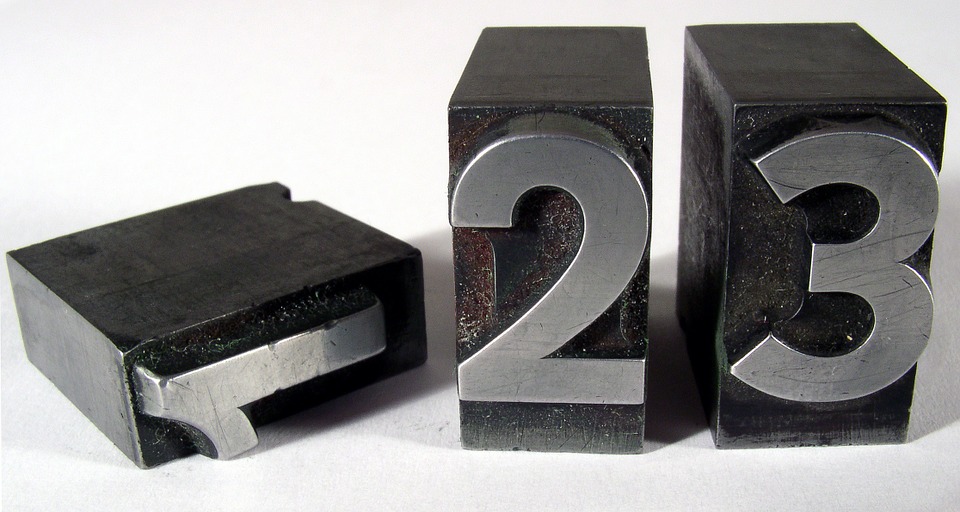
You can invest in the perfect reverse osmosis (RO) system and still achieve inferior results. RO plants must be correctly installed and maintained to ensure peak performance. Your membrane can only filter impurities well if its surface is clean, and your utility bills can only remain low if your permeate flow to feed flow ratio is efficient. It’s pointless to choose a sparkling premium product if all other aspects of your system are badly designed. Here are a few mistakes to avoid.

1) Inferior Installation
The pre-treatment process helps keep your membranes clear of impurities and prevents damage. Scale deposits are primed for microbial growth and can damage the all-important membrane you rely on to purify your water. A professionally-installed system will take these aspects into account, adjusting to the mineral content in your water and building a water softening process into your strategy.
2) Irregular Servicing
If you’re using the industry’s best 5 micron absolute rated depth filters, you’ll need to replace them about four times a year – depending on use. It’s best to keep an eye on your feed water fouling index, so that should play a core role in your maintenance. Bacterial growth must also be monitored – a task that requires a full diagnosis and aggressive chemical intervention if you suspect microbiological contamination. Regular cleaning will remove mineral and silt deposits so pressure is kept within its correct range. Membranes can also be damaged by sudden water pressure changes, so it’s advisable to get your system checked by a professional regularly. This simple and comparatively cheap habit will protect the lifespan of your expensive RO membranes.
3) Choosing A Poorly Designed Plant
The best plant designs deliver performance efficiency and low water loss at reduced costs. They’re selected to fit the regulations of your industry by engineers who are qualified to give you the precise results you need. A professionally designed system produces just the right membrane and feed flow required to reduce fouling while simultaneously ensuring that your input water is treated well enough to remove all traces of chlorine and mineral salts. A flush cycle should also be built into your plant to prevent fouling, soiling, and the crystallisation of silica on your membrane.
Take Action To Set Up A Servicing Schedule
A total system shut-down can cost you thousands or even millions in lost production. Add expensive product loss, and you could have a serious financial crisis on your hands. When your plant is overseen by professional maintenance engineers on a regular basis, you remove the risk of a host of dangerous symptoms. To discuss affordable servicing schedules that fit in with your usage pattern, please call 01993 893311.
Image source: Pixabay









 We are a specialist independent company involved in water purification and water treatment technologies
We are a specialist independent company involved in water purification and water treatment technologies


